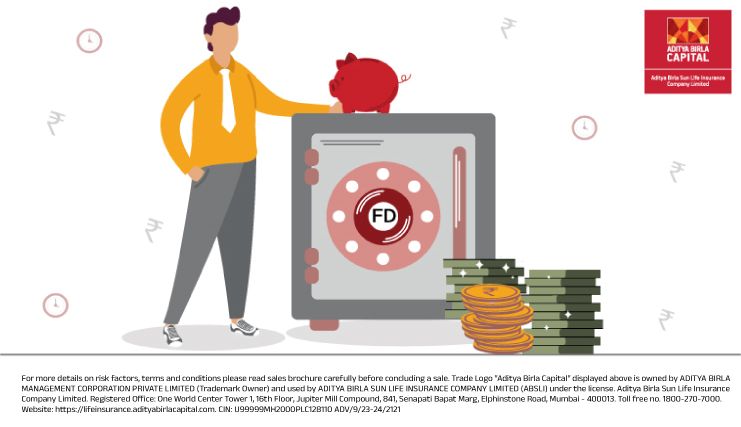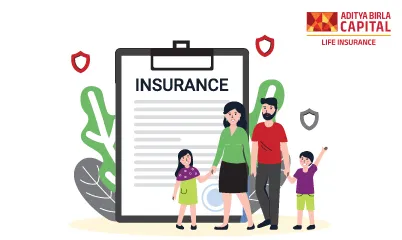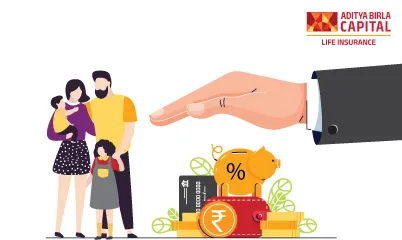Child Education Plan

Plan Smarter, Live Better!


- Table of Contents
Key Features of Child Education Plans
Child Education Plans are among the finest investment alternatives because of their abundance of characteristics, including the creation of extra wealth and tax savings. Some of the key features of Child Education Plans are listed below:
Exemption from Premium Payment
The child's plan includes an automatic premium waiver when a parent passes away. However, this feature can differ from insurer to insurer, and it is essential to read the fine print.
Assured Sum
This refers to the sum of money that the policyholder is promised upon maturity. The sum assured can vary depending on the investment amount, term period, and the rate of interest offered by the plan.
Selection of Funds
You may choose various fund alternatives with Child Education Plans, including equities, debt, money market, and hybrids. After a certain amount of time, you can also move the investment between funds if you want to play the market.
High Profits
The return on market-linked Child Education Plans may reach 10-12%, which can be much higher than the long-term inflation rate. This helps ensure your money increases in value over time in keeping with newer market rates.
Partial Retraction
You have the opportunity to withdraw money from child investment plans at any point throughout the policy term. You may temporarily withdraw some funds if your child has to be hospitalised due to a sickness, a minor accident, or a serious medical condition. In this way, your health insurance can be supplemented with a Child Education Plan to prevent the financial drain.
Tax Advantages
The triple exempt benefit (EEE exemption), which denotes that the investment (premium) is eligible for the tax deduction, the interest gained is free from tax, and the income produced is likewise exempt from tax, distinguishes Child Education Plans from other types of insurance. Additionally, investors can save up to Rs 1,50,000 per annum in taxes as per Section 80C of the Income Tax Act of 1961.
FAQs-Child Education Plan
You should start investing in a Child Education Plan as soon as you can. It is not atypical for parents to begin building a corpus when the child is still in preschool.
Customers can choose between two different premium payment methods: online and offline. Customers can pay the premium amount online using a debit card, credit card, net banking, and other payment methods such as UPI. On the other hand, customers using the offline option must pay the premium in cash.
Yes, you can use riders to get more perks and better coverage.
The minimum monthly premium payment is Rs. 500. This premium’s cost varies across insurers.
Yes, he/she can, but you'll need an appointee to receive insurance benefits on the nominee's behalf.
One of the simplest methods to regularly make investments and save enough cash for your child's future requirements is investing in a child education plan. This amount would help the youngster pay for school expenses without putting them under an excessive financial burden and ensuring their smooth and secure transition.
The documentation needed to purchase a Child Education Plan are as follows:
- The most recent image of the applicant
- Relational contract
- ID Verification
- Address Proof of Communication
In India, there are two kinds of Child Education Plans available for purchase:
- Child Savings Plans
- Child ULIP Plans
You may ask your bank to regularly make payments toward your child’s plan by setting up a recurring payment.
In India, Child Education Plans are accessible with a premium of as little as Rs. 500. Before investing, you should compare and contrast the numerous children’s plans that various service providers offer to get the best one.
Buy ₹1 Crore Term Insurance at Just ₹576/month^
ABSLI Salaried Term Plan
Exclusively For Salaried Individuals
4 Plan Options
Life Cover upto 70 years
Optional Accelerated Critical Illness benefit
Inbuilt Terminal Illness Benefit
Life Cover
₹1 crore
Premium:
₹576/month
Most Popular Calculator
⁴https://economictimes.indiatimes.com/news/india/the-cost-of-raising-a-child-in-india-school-costs-30-lakh-college-a-crore/articleshow/93607066.cms?from=mdr
⁵https://economictimes.indiatimes.com/best-ways-to-invest-for-your-childs-education/investarticleshow/46500251.cms?from=mdr
ADV/9/22-23/1528







